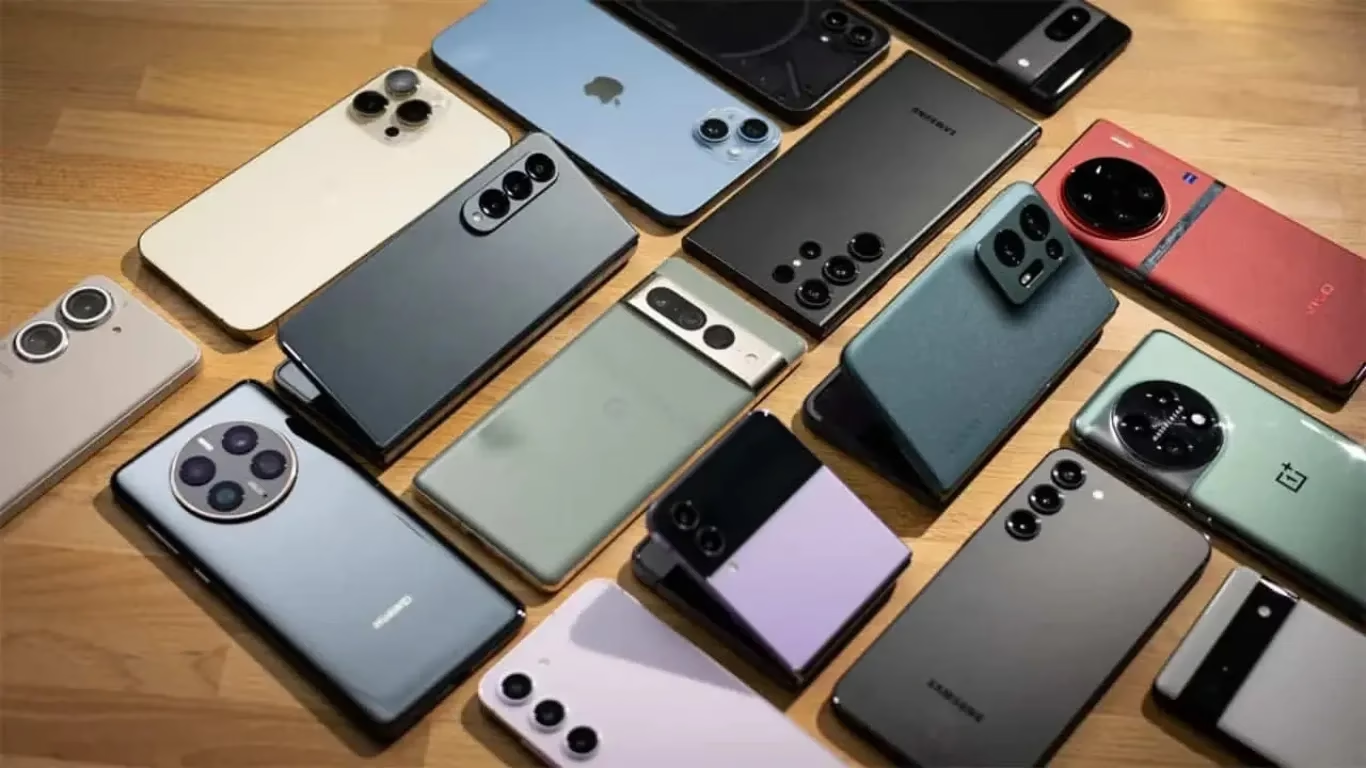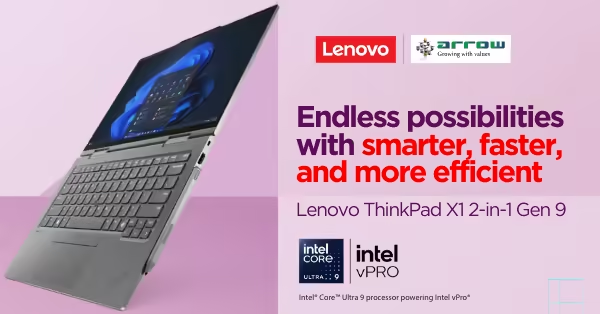The next time you’re planning to upgrade your smartphone, brace yourself: flagship models in India may soon come with steeper price tags—and artificial intelligence is partly to blame.
As exciting as AI-powered smartphones sound, the technology driving them is expensive. With chipsets, memory modules, and premium components becoming costlier, top-end smartphones could see a price increase of 10–15% in the near future. For Indian consumers, especially in the ₹30,000+ segment, this could change the buying game entirely.
AI Is Powering Smartphones and Their Price Tags

AI is no longer a buzzword. It’s now deeply woven into the fabric of smartphone innovation—from camera intelligence to real-time personalization, and even predictive battery management. But building these capabilities doesn’t come cheap.
Qualcomm and MediaTek—two of the biggest players in the chipset game—have already signaled that rising production costs are unavoidable. In fact, Qualcomm’s COO and CFO Akash Palkhiwala noted that TSMC’s price hikes on 3- and 4-nanometer nodes kicked in earlier this year, and those costs are slowly being reflected in the average selling prices (ASPs) of premium chipsets.
Thomas CH from MediaTek echoed similar sentiments. “We know consumers are willing to pay more for better performance, but supply chains are getting complex. Everyone—from chipset vendors to display and memory suppliers—is trying to keep costs in check,” he explained.
That said, this increase isn’t just about hardware. It’s the cost of enabling AI that’s driving up these prices. And that, in turn, could impact how brands position their smartphones—especially in a market like India where affordability still holds sway.
Is the Indian Market Ready for This Price Bump?

This is where things get tricky.
According to IDC’s Upasana Joshi, rising component costs, especially if passed on to the consumer, could dull an already slowing smartphone market in India. “There’s uncertainty whether these increases will be passed on directly to consumers. If they are, we could see even lower shipment volumes in 2025,” she said.
IDC forecasts a 3-4% drop in smartphone shipments this year, citing both economic pressure and cautious consumer spending.
However, not all is bleak. Counterpoint Research believes the availability of easy EMI and financing schemes is helping Indian buyers leapfrog to higher segments. More users are opting directly for flagship smartphones, bypassing mid-range devices.
“After a certain point, brands won’t have much wiggle room left in the bill-of-materials,” said Neil Shah of Counterpoint. “They will have to raise prices—by at least 10 to 15%—especially as flagship models shift to chipsets built on advanced nodes.”
Premiumisation Continues Despite Headwinds
If there’s a silver lining, it’s the ongoing trend of premiumisation. Indian consumers—especially in urban markets—are increasingly opting for smartphones above ₹30,000. In fact, Shah believes this segment will be the “sweet spot” of the market by the second half of 2025.
“Segments above ₹30,000 are growing at double digits,” he pointed out. That growth is being fuelled by demand for 5G connectivity, AI-driven features, and a desire for top-tier devices—despite economic challenges.
For players like Arrow PC Network, this trend opens up strategic opportunities. Through IT Services by Arrow PC Network, including deep expertise in flagship smartphones, AI integration, and the evolving AI business landscape, enterprise partners and OEMs can navigate these shifts more confidently and competitively.
What It Means for Chipmakers and OEMs
The global smartphone market may be flat in terms of volume, but it’s clearly moving upscale in value. MediaTek’s Thomas CH emphasized this point: “The market isn’t shrinking. It’s evolving. Everyone wants a better product, and they’re willing to pay for it.”
That’s why MediaTek is doubling down on its flagship portfolio—as is Qualcomm—knowing full well that the future of smartphones isn’t just in the specs, but in AI-powered intelligence.
It’s a similar story for tech enablers like Arrow PC Network, which continues to help businesses and brands integrate AI capabilities not just into their products, but into their customer experiences, supply chains, and long-term AI business strategies.
AI Is Driving Innovation And Inflation

There’s no denying that smartphones are becoming smarter. But it’s also clear that the intelligence built into these devices comes at a price—one that consumers, manufacturers, and service providers will have to navigate carefully.
For brands, the challenge isn’t just in building great products—but in justifying their cost to a value-conscious audience. For consumers, the next upgrade may require a rethink on budget vs. value.
And for the tech ecosystem? The message is simple: AI is no longer optional. It’s foundational. But delivering that promise requires more than chips—it requires vision, flexibility, and expert support from players like Arrow PC Network, who understand where the industry is headed, and how to help businesses get there first.


